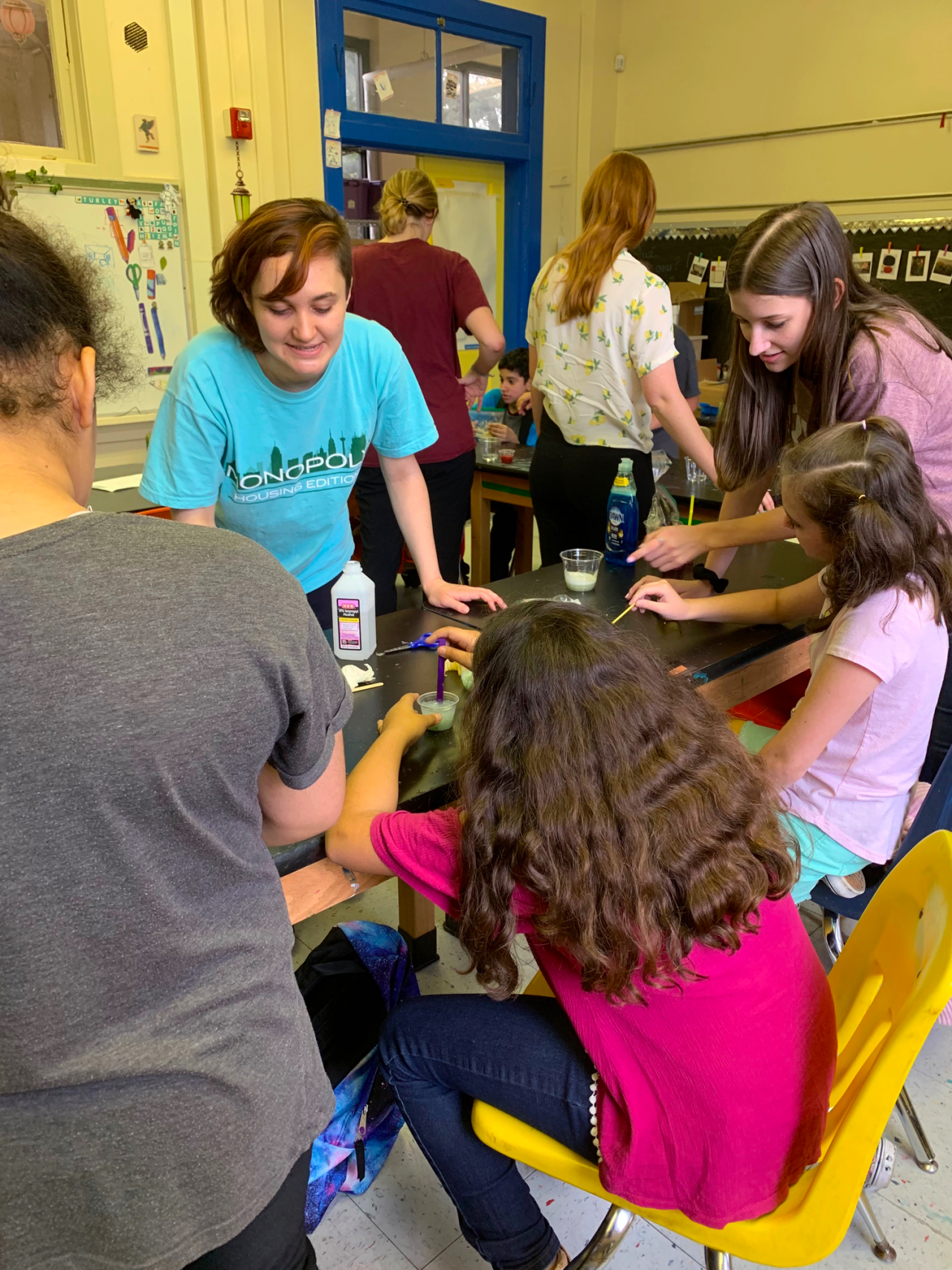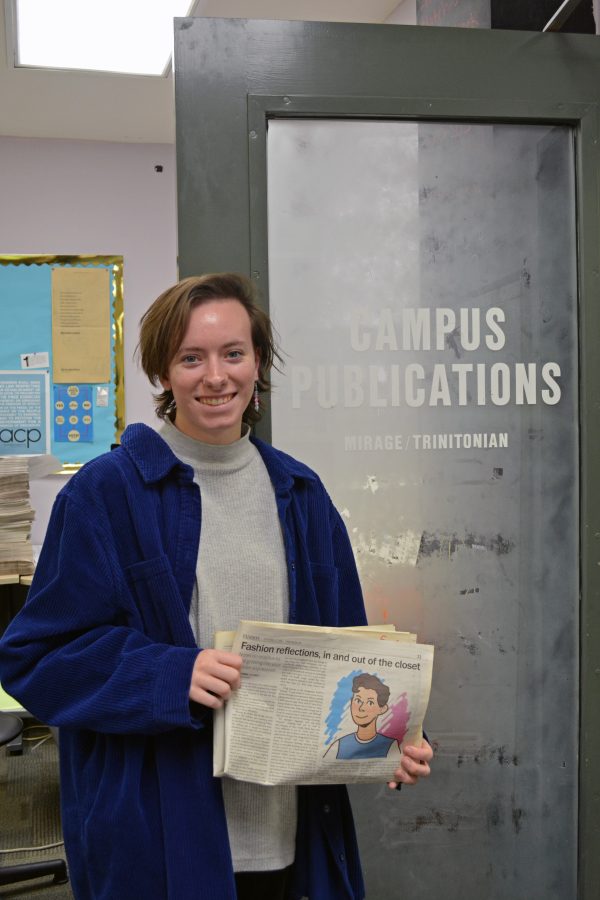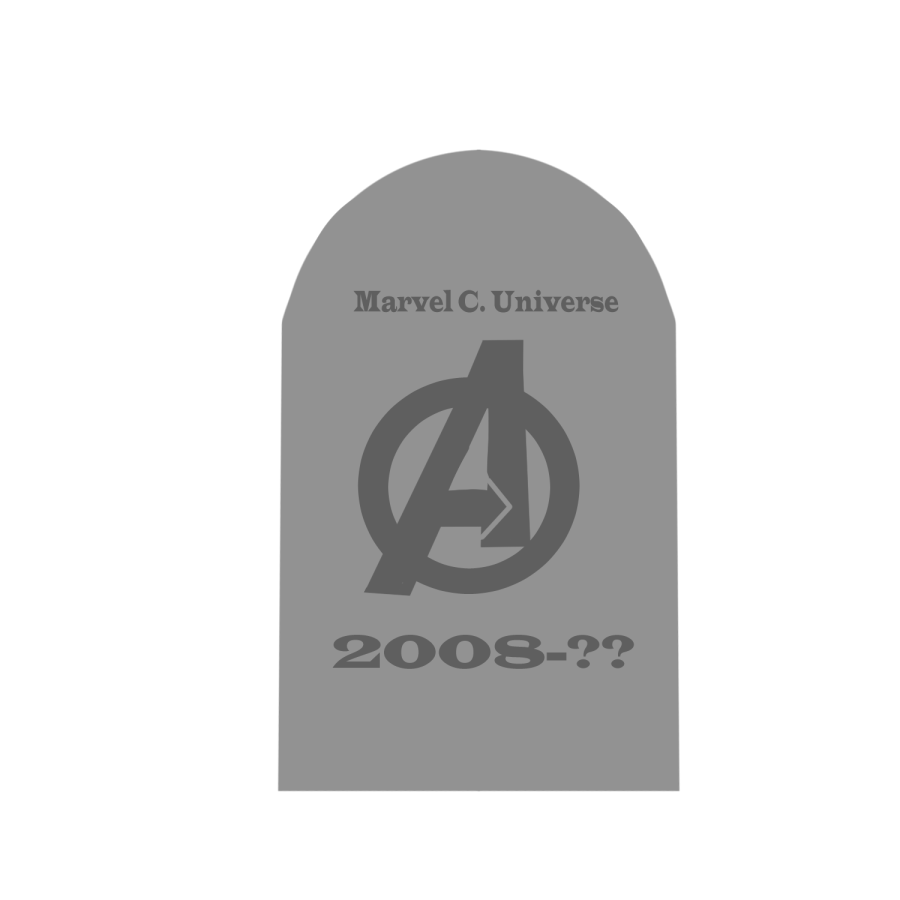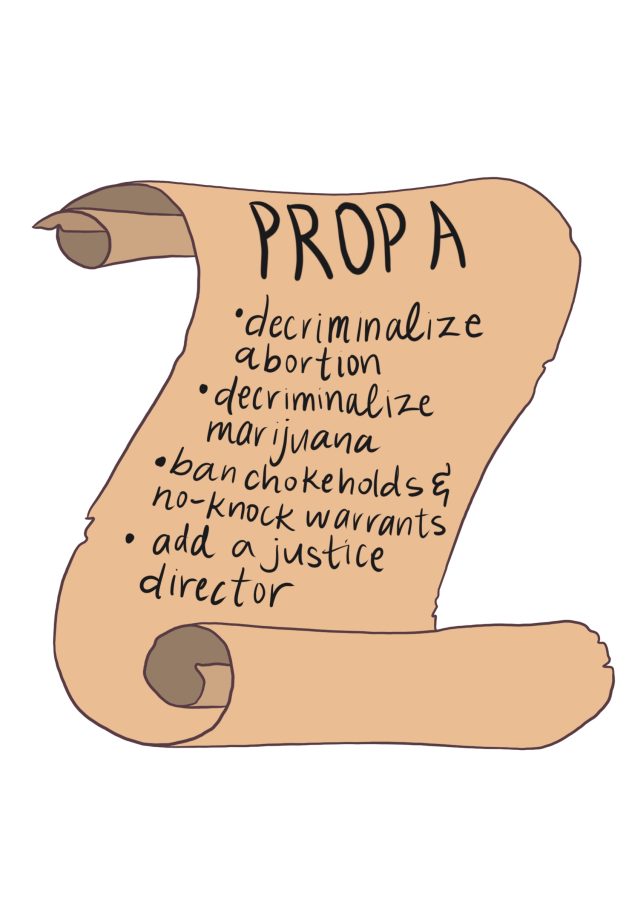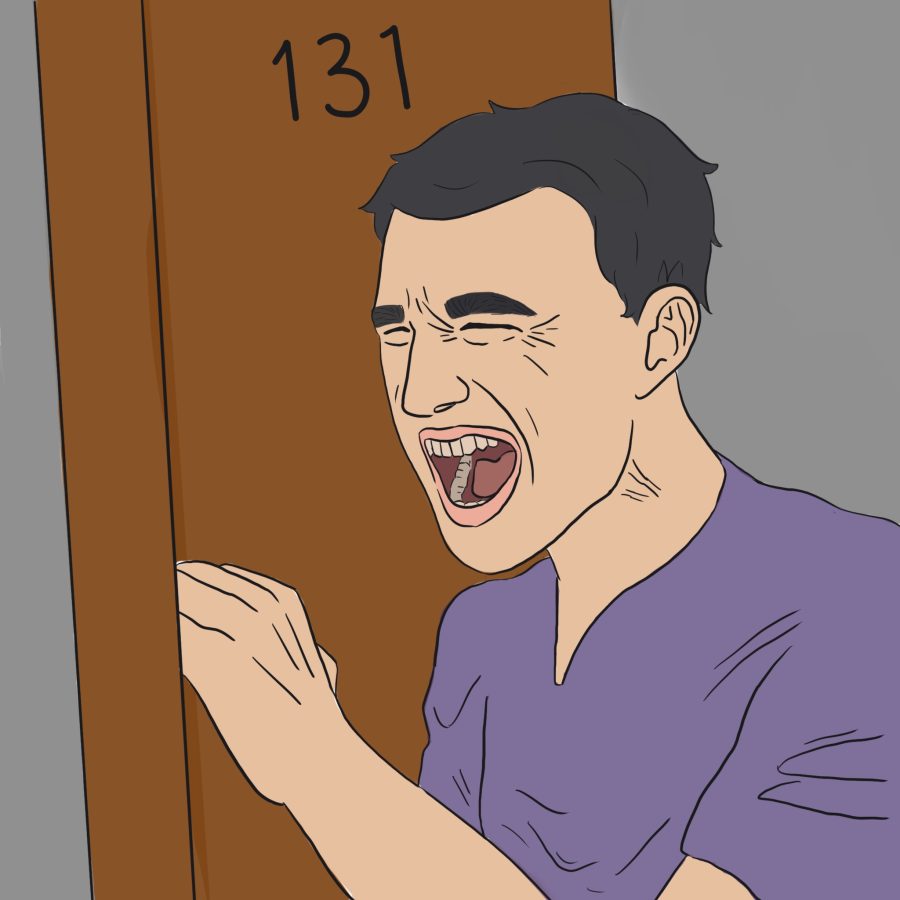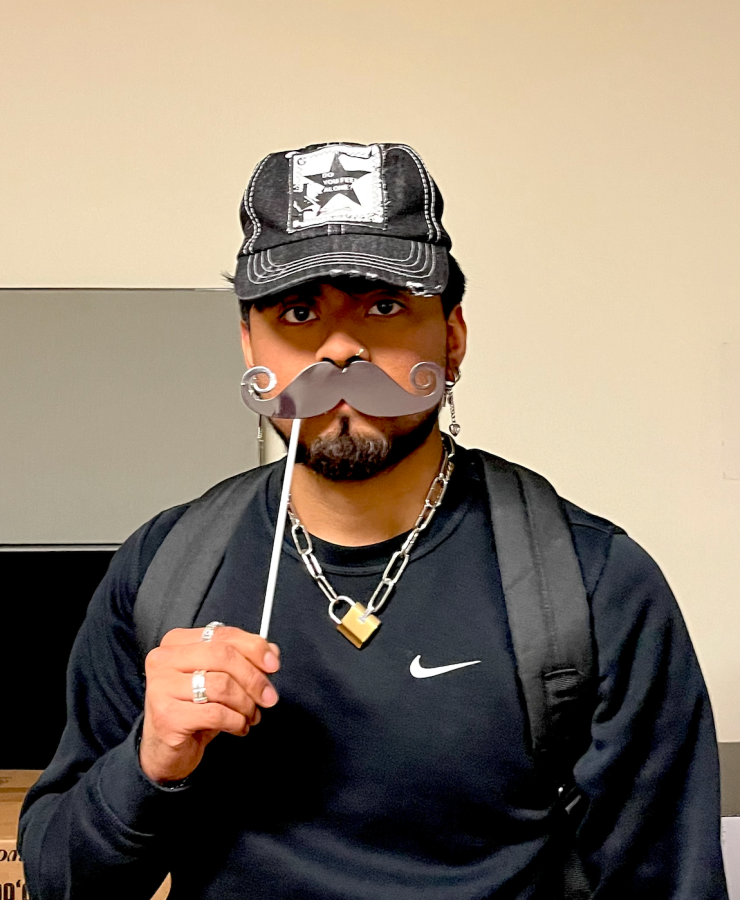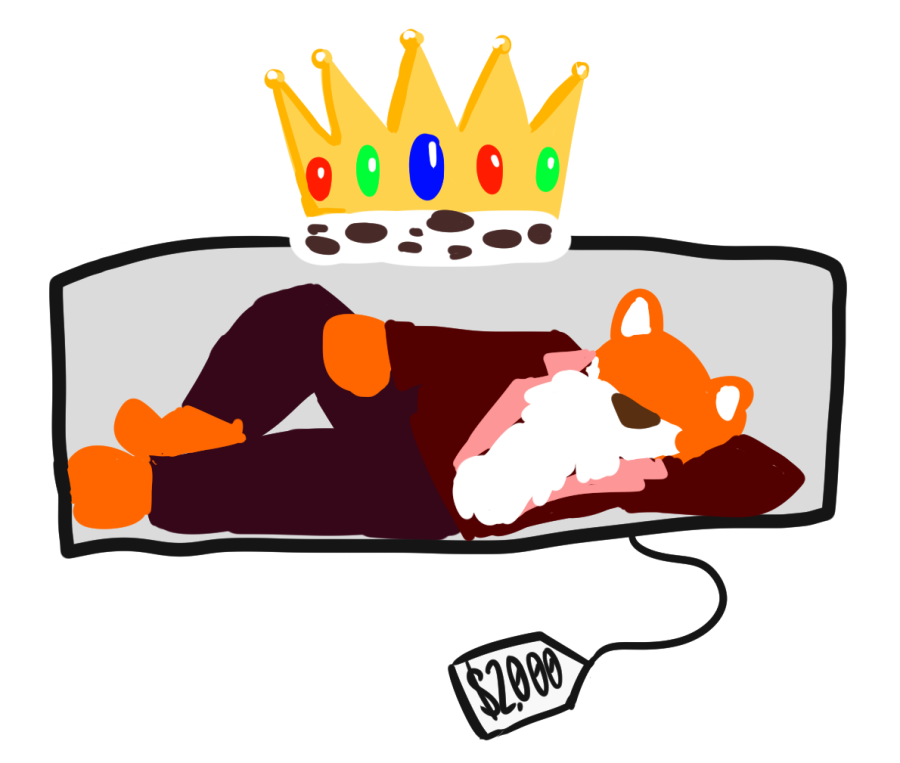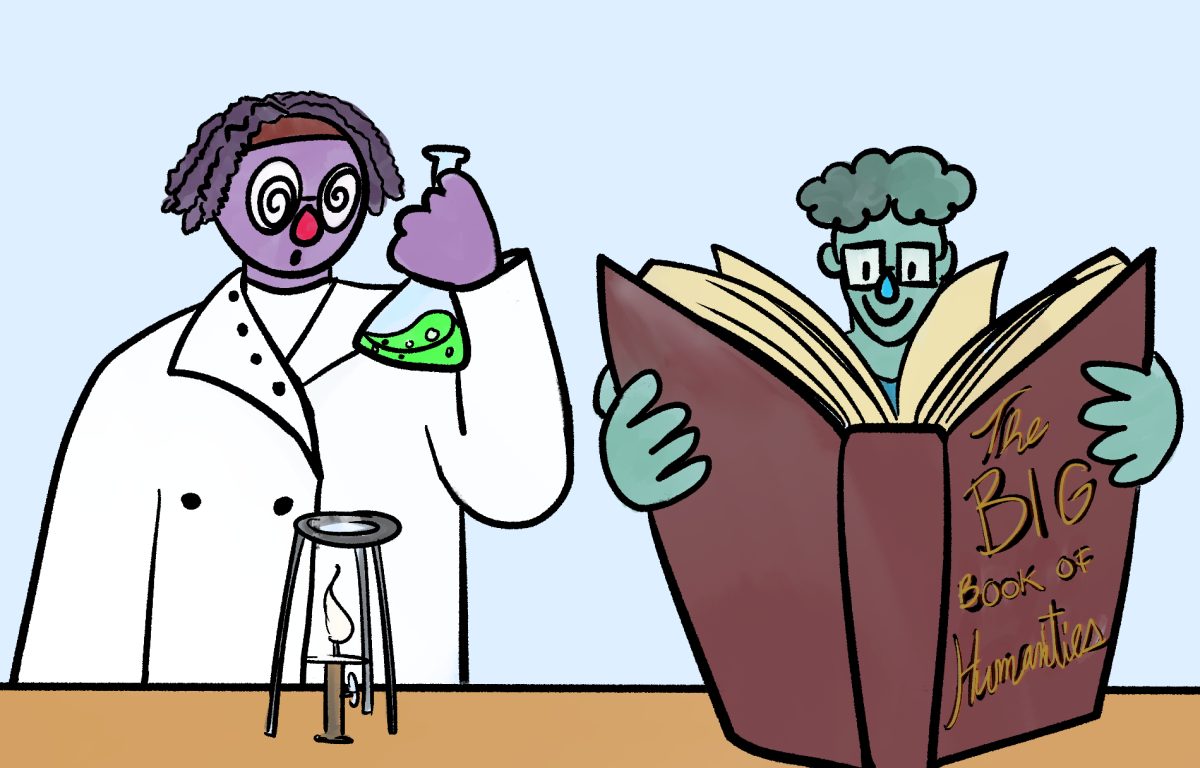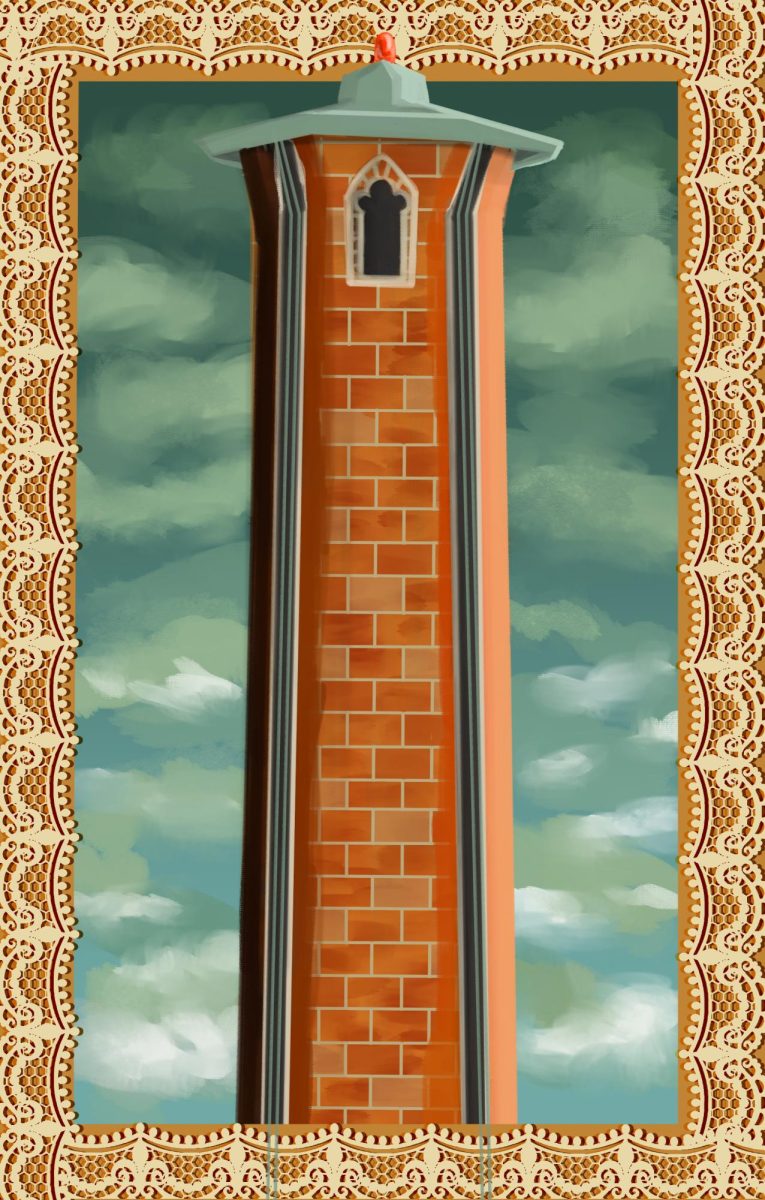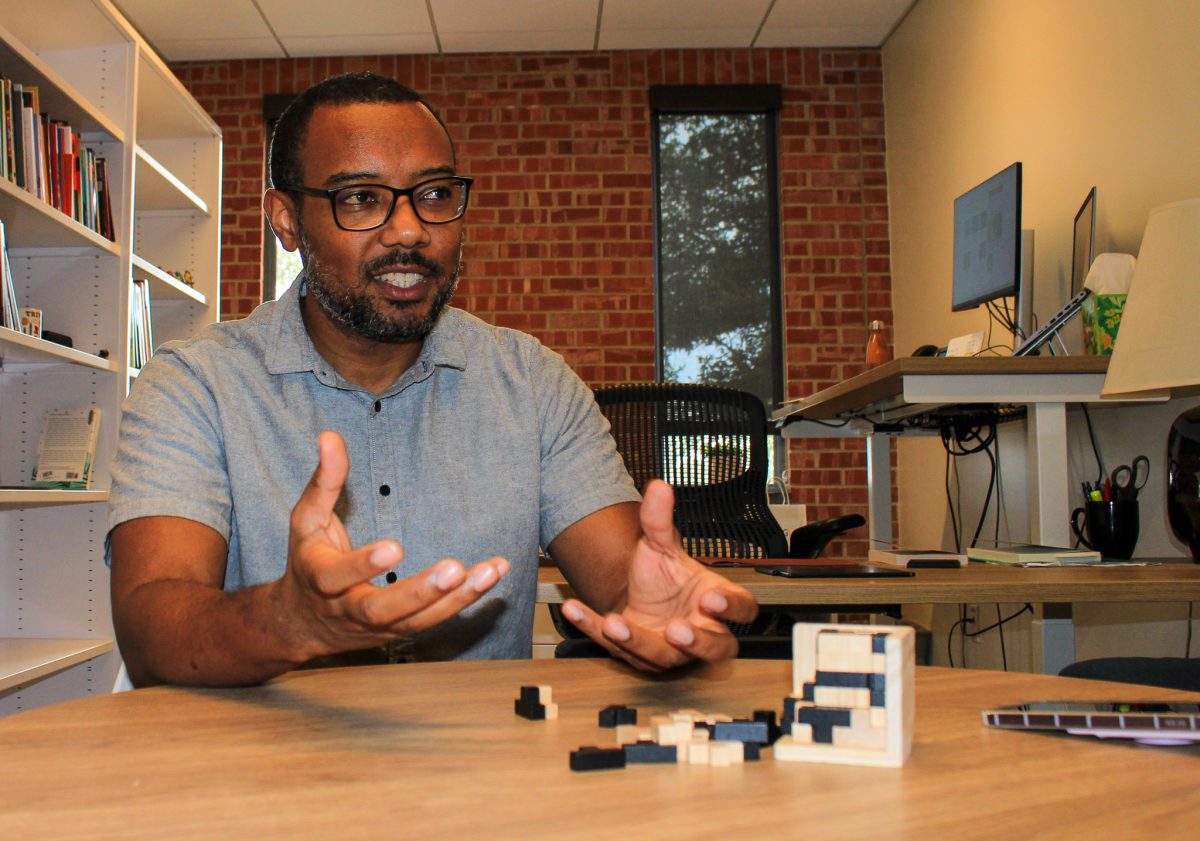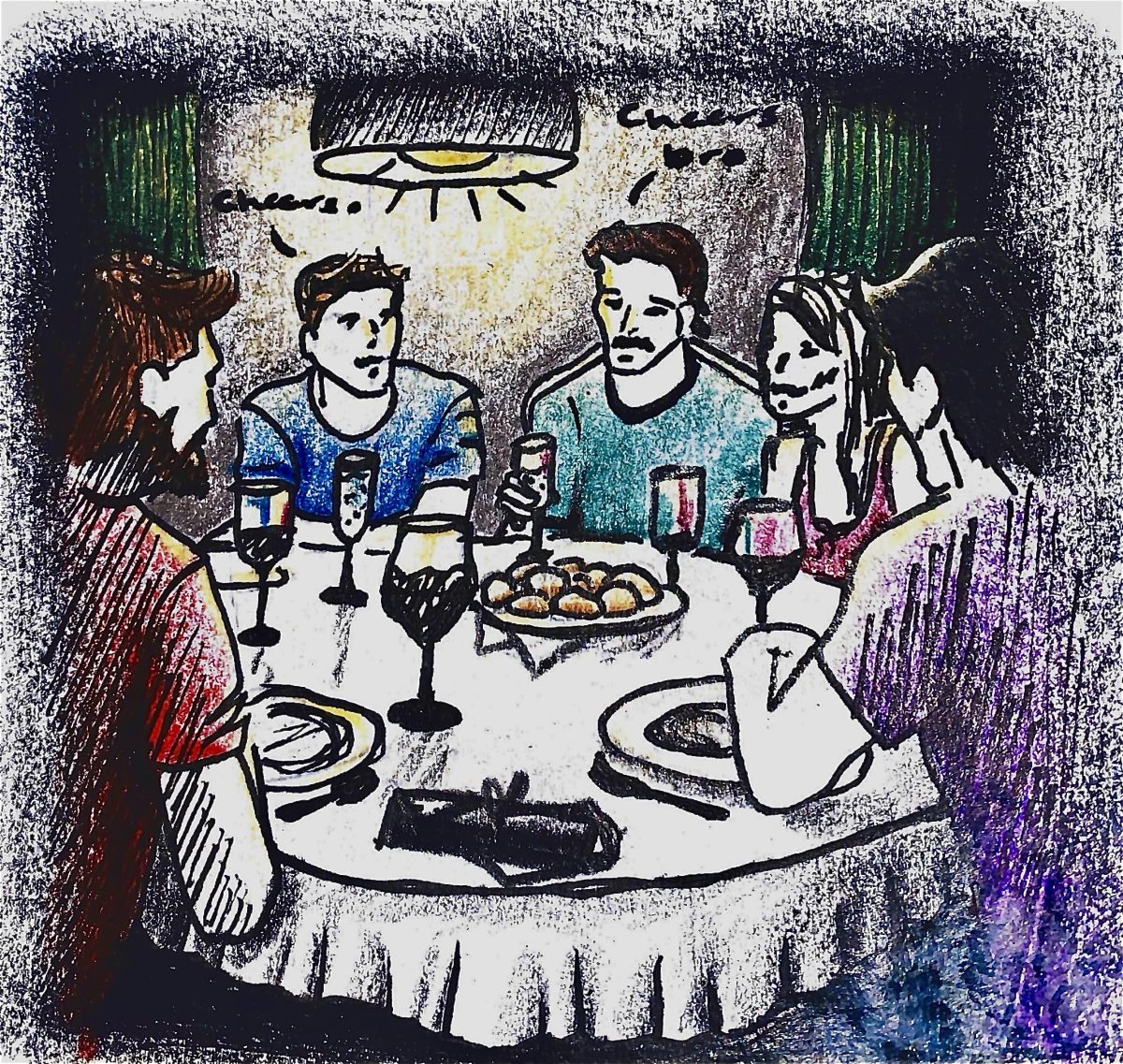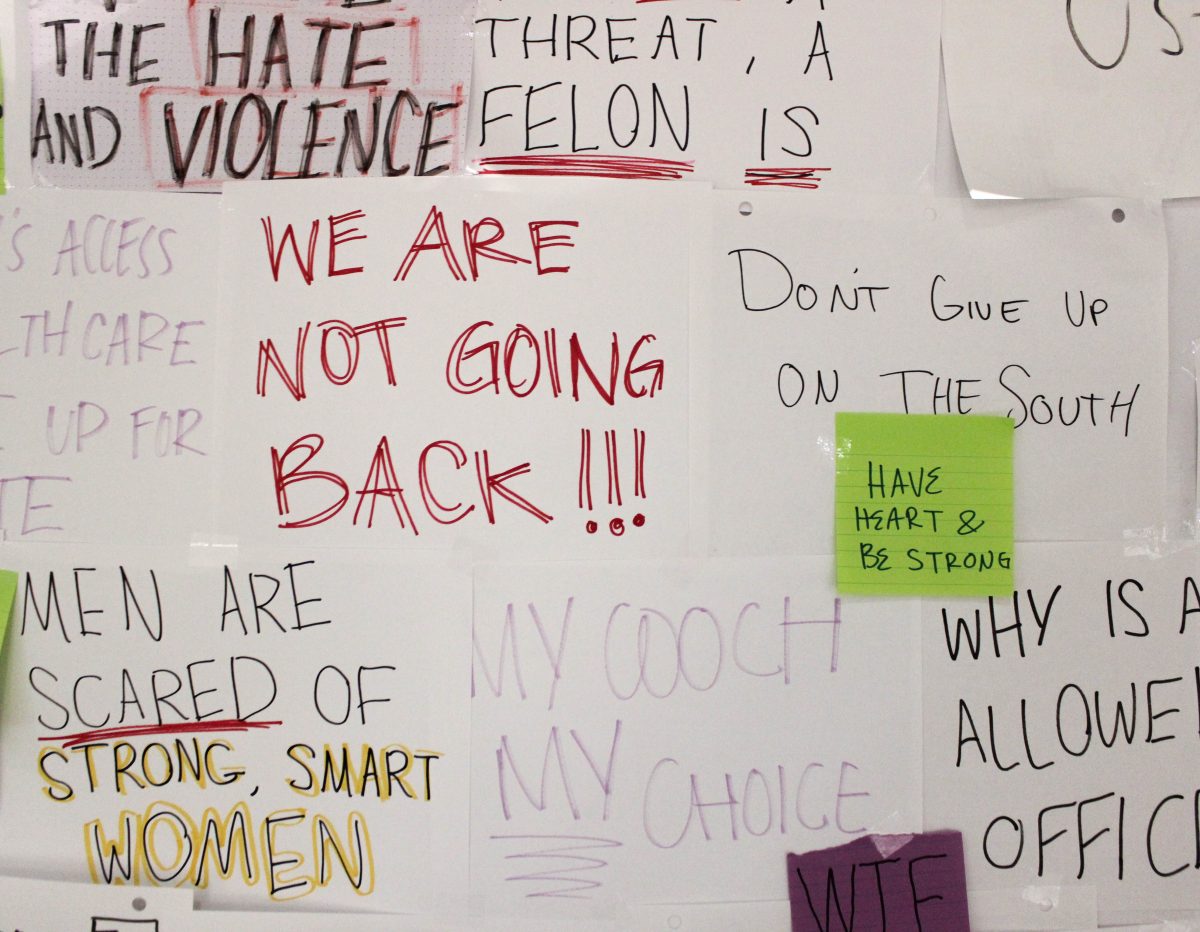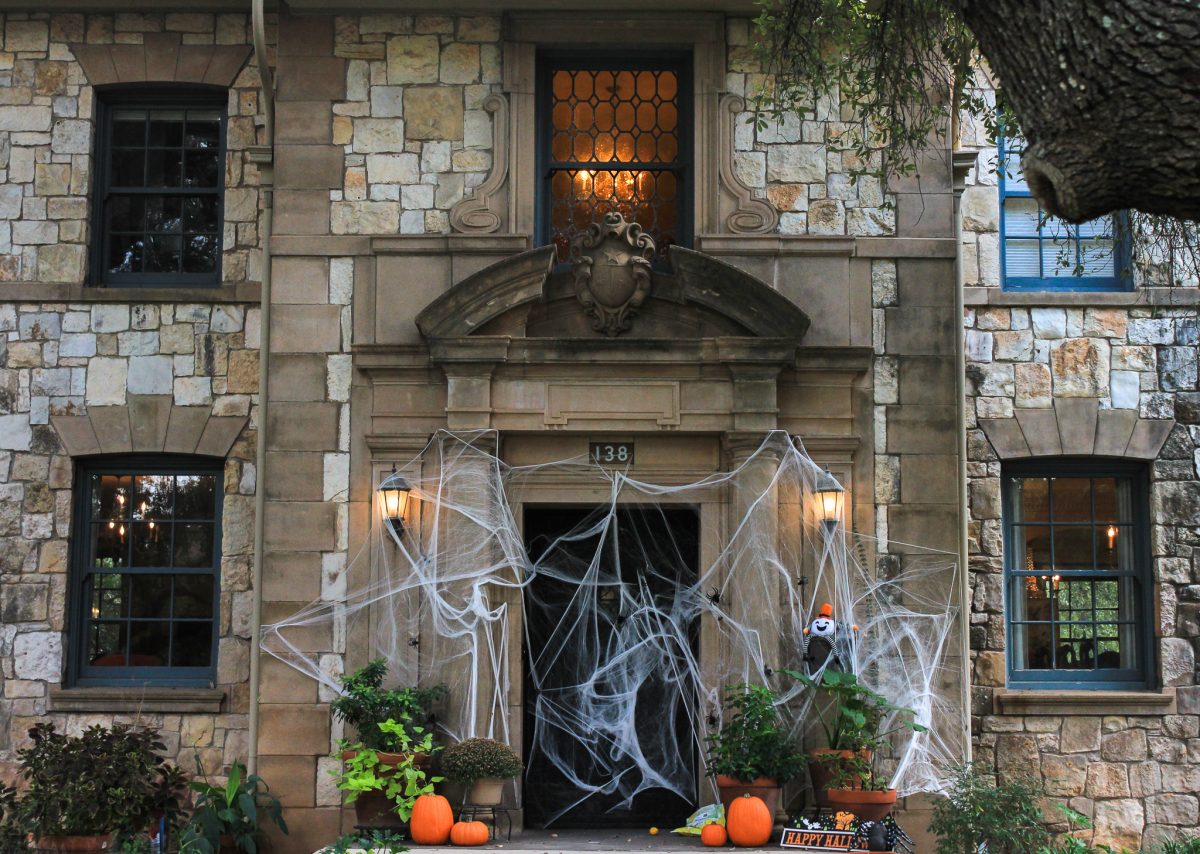Photo provided by Christina Cooley
Every week, volunteers involved in stEMPOWER travel to San Antonio’s Lamar Elementary School armed with anything from pipe cleaners to balloons to live lizards. Their purpose? To teach fourth and fifth graders science.
Senior neuroscience major Abby DeNike first thought about implementing a STEM education program for local students during her sophomore year. According to DeNike, San Antonio’s public elementary schools generally lack a strong science education program.
“I have a lot of experience as a kid doing hands-on science experiments, and I really think that’s what influenced me to be a science major,” DeNike said. “For me, I thought that would be a really good thing to address in our community, to give back.”
DeNike teamed up with classmate Shelby Irwin, and together they developed the stEMPOWER curriculum.
“I designed a lot of the lessons based on lessons I learned as a fifth grader in my hippie elementary school where we did hands-on experiments almost every day,” DeNike said.
Each session is an hour long, and consists of topic overview, a demonstration or hands-on experiment and a question and answer section. The sessions take place after the regular school day at Lamar, and 15-20 fourth and fifth grade students attend each week.
Chemistry professor Christina Cooley and biology professor Michele Johnson put DeNike in contact with Trinity Women in Science and Technology (TWIST), which now provides a funding and volunteer base for the program. Cooley and Johnson are co-faculty advisers of TWIST.
“It’s honestly just a great way for us to interact with students and teach them about science, but also provide them with female role models in college in science because as TWIST, that’s really our goal,” said senior Aamu Karla, president of TWIST and a regular stEMPOWER volunteer.
Currently, stEMPOWER has around 15 regular volunteers, around five of whom attend demos each week. All regular volunteers at the moment are members of TWIST, and the majority of which are focusing their education in STEM rather than education.
“Personally, I am pre-med, but I also want to incorporate education into my career, not necessarily at the elementary school level, but in like medical education and things like that,” Karla said. “So I could see that other people that are involved in stEMPOWER would love doing that and would want to continue doing that in their career.”
Last semester, a pilot version of the program allowed DeNike and Irwin to test their lessons.
“It’s definitely been a learning experience,” DeNike said. “I think the biggest learning has been trial-and-error run last semester for me personally. Dr. Cooley has been really helpful in editing my lessons and making sure they’re age appropriate, but generally speaking I think it is one of the goals of the program is to enlist a greater education perspective.”
This is the first semester that stEMPOWER has been in full swing, hosting demos every week.
“It’s really exciting that they come back every week and come into the classroom and say, “Hey, what are we going to do today?” and they have a lot of curiosity about what new thing we are going to show them. A personal challenge that Shelby and I have is what is going to get them the most excited,” DeNike said.
According to DeNike, one of the students’ favorite demos so far was on “Explosion Day.”
“I started to get the kids really interested in science when I brought in the explosion day, and we did this series of four different explosions that you can do with common household ingredients, and I have some videos of kids jumping around and screaming and getting really excited about that,” DeNike said.
The students also enjoyed “Crystal Day.”
“They each got to use a pipe cleaner to build the structure of their own crystal, and over the course of around four days the crystal would grow, and I came back the next week and the teacher said that the kids were watching their crystals every day, that’s the first thing they checked when they got into school, and so that was pretty cute,” DeNike said.
This semester, stEMPOWER started collaborating with other clubs and groups, such as Johnson’s research lab, which studies lizard behavior.
“My lab came up with the idea that we could use gecko feet as something interesting to think about. How is it that geckos attach to walls, smooth surfaces, and then unattach so quickly, and then reattach so quickly?” Johnson said. “We took live animals and then had them run on different surfaces and had the students develop their own toe pads to see what kind of materials would allow them to stick to surfaces. We used Velcro and several types of tape.”
One of Karla’s favorite parts of teaching demos is when the students interact.
“I always love it when we’re teaching something and one of the students somehow already knows about it, and then starts telling us everything they know, and then other students can contribute because usually there’s something that they’ve learned in class or read a book about or something like that,” Karla said. “When they suddenly know this random fact that we had no idea they would know, it’s always super exciting and it leads to even more excitement in them too about the activity that they are about to do.”
Currently, DeNike, Irwin and Karla are focused on solidifying the curriculum and building their volunteer base in order to ensure that the program will continue after they graduate.
“I think it will grow a lot next semester. We’re hoping to extend it to a different day, and perhaps in the long term we could extend it to other schools. I think we’ll try next semester to extend it to a third grade classroom at Lamar and a fourth/fifth grade classroom, because we definitely have a lot of interest from the students,” DeNike said.

